In this article we are going to look at both the differences between British sign language and Makaton, as well as the similarities.
British sign language and Makaton are both a visual form of communication involving hand signs, facial expressions and body language. Sign language is probably one of the oldest and most fundamental forms of global communication. If you think about it, we still use this basic form of communication in our daily lives. We wave hello and goodbye, give a thumbs up for good, shrug to convey uncertainty, and point to indicate objects. If you’re somewhere noisy or far from the person your trying to communicate with, we use gestures or mime to say “call me”, “do you want a drink”, or point out the time, as well as many other things.
There are also industries that use signs where the environment doesn’t allow for talking, such as scuba diving, armed forces and air traffic control.
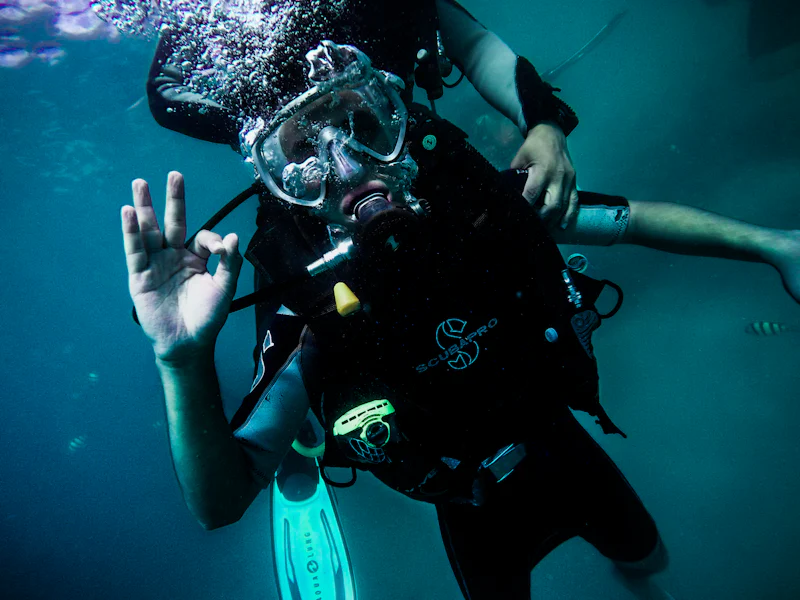
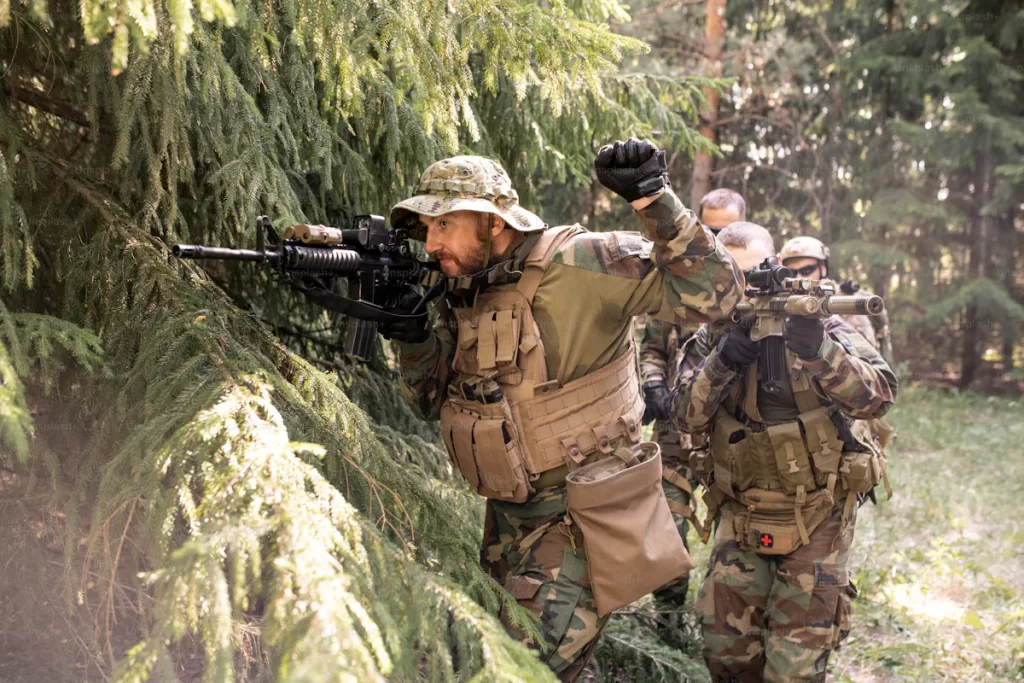
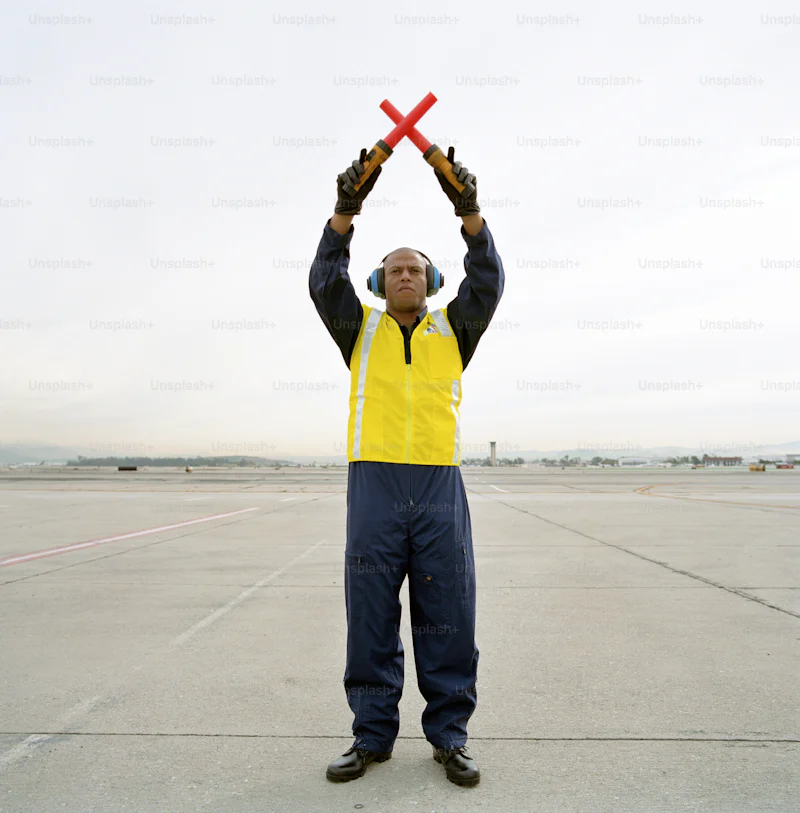
While many gestures are easily identifiable, they do not constitute a fully developed language.
So what is British Sign Language?
Origins of British Sign Language (BSL)
It is believed that as far back as the 11th century, monks used a form of sign language during vows of silence. But the first recorded use of sign language in Britain was at a wedding in 1576. The groom was Deaf, and it was agreed that the entire ceremony, including all officials, would use the same sign language. This would have been very unusual as local communities and families would use their own form of sign language to communicate, with each family using different signs.
With each family or community using different signs regional variations in sign language were formed and still exist today.
However, according to National Geographic, the first person to create a formal sign language was a Spanish monk in the 16th century. He developed a language that not only incorporated gestures but also an alphabet. This language was subsequently used to teach deaf students across Spain.
Over a century later, in 1755, this sign language had spread to France. A French priest established the very first public school for the deaf. The language continued to spread across Europe.
However It wasn’t until the 19th century that large residential schools and missions for Deaf people were established. This marked the beginning of the Deaf community, which gave rise to a national sign language in the UK or BSL. However, the term ‘BSL’ was not introduced until 1975.”
Recent developments in British Sign Language
Until the late 19th century, sign language was the main method of teaching Deaf children in Deaf schools. However, in 1880, educators believed teaching sign language was harmful. So they banned it in schools, focusing on lip reading and spoken language instead.
In the 1940s, a review found that Deaf children were leaving school with lower reading skills than hearing students. This led to a re-evaluation of sign language’s benefits, and it was reintroduced into schools. Its popularity has increased over the years with people realising its many benefits and its rich culture. But it wasn’t until 2003 that British Sign Language (BSL) became an officially recognised language.
Being a recognised language means that it has its own grammar and language structure. It does not follow English grammar but leans more towards a European language, by putting the subject first and then saying something about it. You would not sign
“What is your name?”
But instead the sentence structure is
“Name you what?”
As you can see, BSL is not a direct translation of English. Sign language uses a mixture of signs, facial expressions and body language to communicate, making the language rich and expressive.
Non-Deaf people learning sign language often use Sign Supported English (SSE) which is a direct translation of English. However although it takes its signs from BSL, it is not British sign language as it does not use the correct grammar and syntax
BSL, much like English or any language, will have regional variations. If you think about all the different terms for a sandwich or roll, bap, bun, cob, butty… BSL is no different. There is often more than one sign for a word, depending on where you live.
For more information on BSL check out british-sign.co.uk, British Deaf Association and RNID
That is a brief history of BSL. Now, what is Makaton? Who uses it? And what is the difference between British sign language and Makaton?
Origin of Makaton
Makaton was designed by Margret Walker a speech therapist in the 1970s. She was working in an institute for people with learning disabilities. When she assesssed the residents or patients, she found that a large percentage had severe communication difficulties. At the time the staff only spoke to the residents and Margrent wondered if using a basic form of sign language would help. She had worked with Deaf children previously and knew some BSL signs. So she started to use some signs for only the key words in the sentence, and this had very positive result.

She was helped in creating the Makaton system by Katherine Johnson and Tony Cornforth. It is a combination of the first 2 letters of their names Ma (Margret) Ka (Katherine) Ton (Tony) that formed the name Makaton.
Makaton is not a language like BSL. It is a communication aid. It is used internationally and uses the spoken language’s grammar. You only sign the key words in the sentence and unlike BSL there is no regional variations.
Makaton is mostly used by people with learning disabilities or in baby sign language, and you will see Makaton on a few different children’s shows, with the most famous being Mr Tumble.

For more information on Makaton check out The Makaton Charity
Summery: Differences between British Sign Language and Makaton
| BSL | Makaton |
| Uses a combination of hand gestures, facial expressions and body language | Uses a combination of hand gestures, facial expressions and body language |
| Uses only signs. No symbols. | Uses a system of signs and written symbols |
| Officially recognised minor language, like Welsh or Gaelic | Communication aid not a language |
| Only used in United Kingdom. Other countries have their own sign language eg American Sign Language (ASL), Australian Sign Language (Auslan),French Sign Language (LSF)… | Used internationally eg in France, Japan, Kuwait. |
| Has its own grammar, does not follow English grammar | Uses the grammar of the language that is being spoken. |
| Has regional variations- different signs for the same word, like the different names for a bread roll, cob, bap…. In English | Has just one sign and one symbol for each word. No regional differnces |
| Mostly used in the Deaf Community | Used mostly by people with learning difficulties and the people that support them, including many teachers and health care professionals. |
| 150,000 people use BSL | 100,000 People use Makaton in the UK |
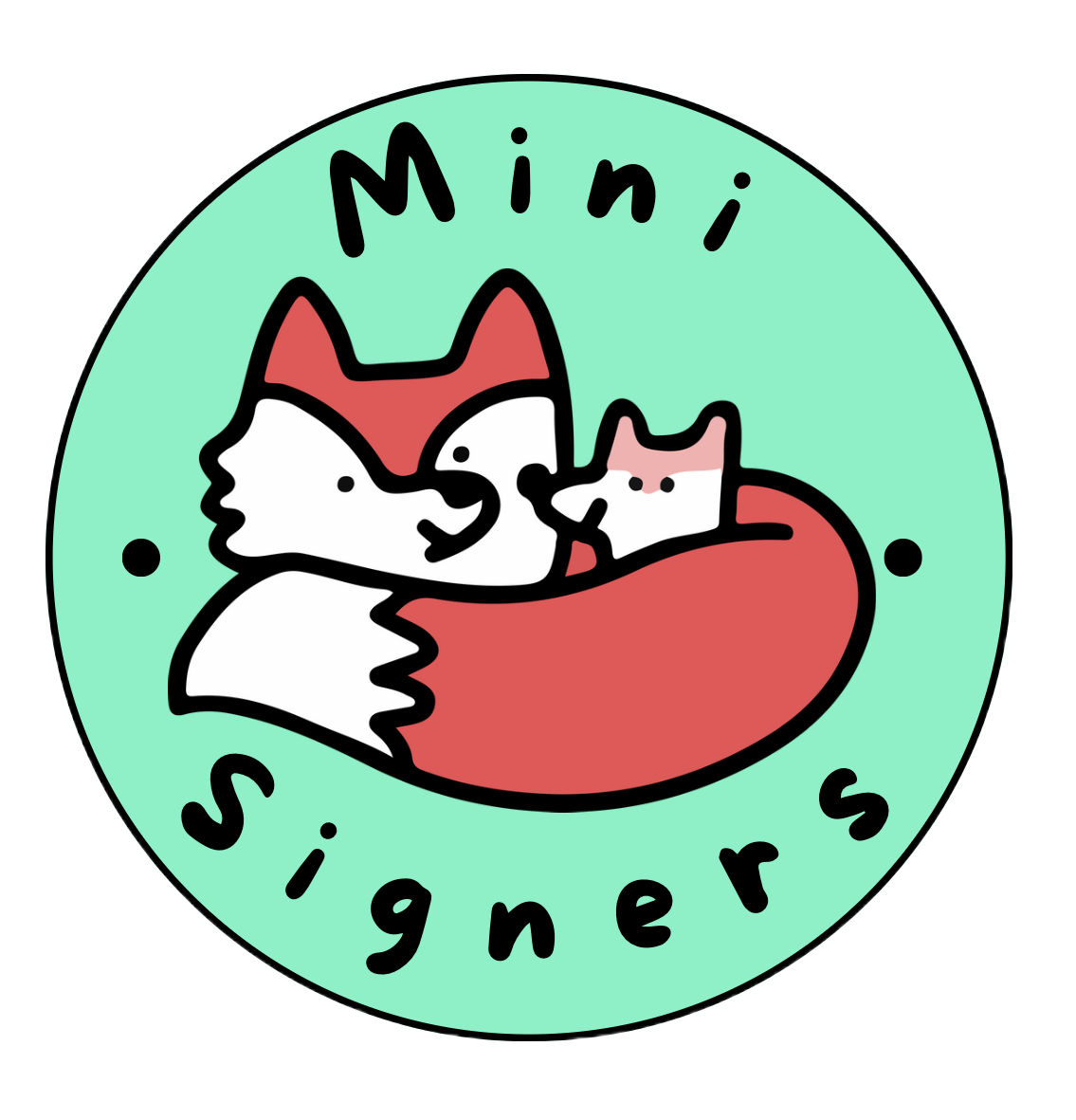
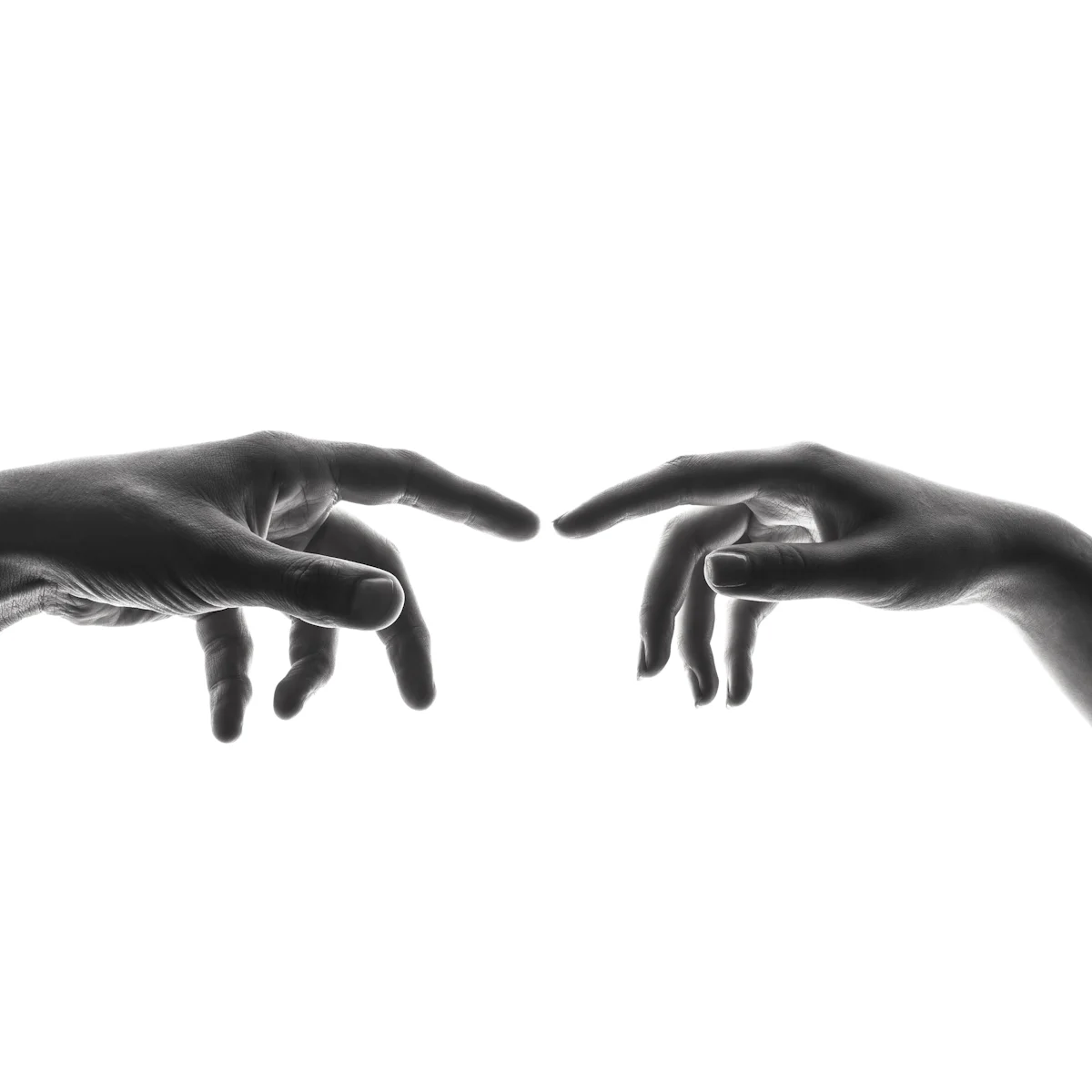
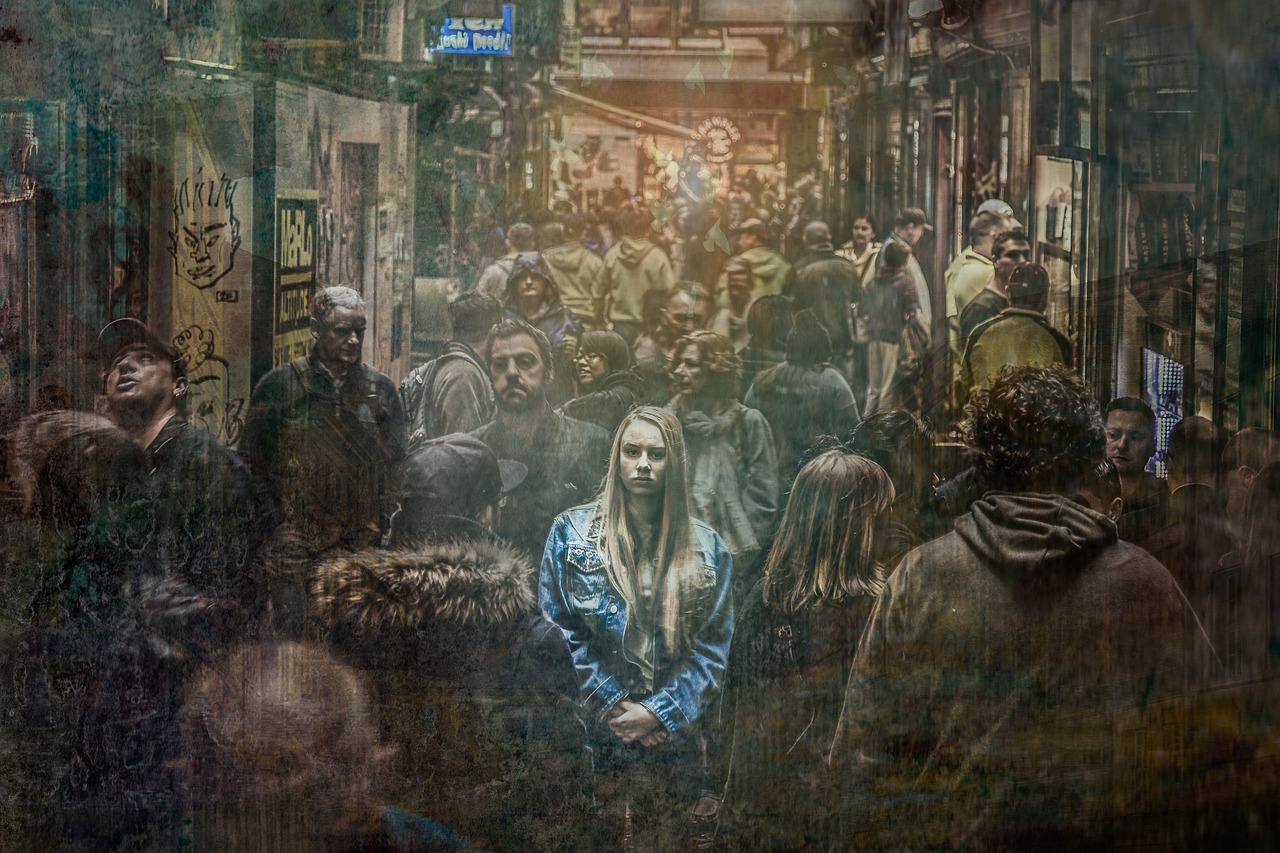
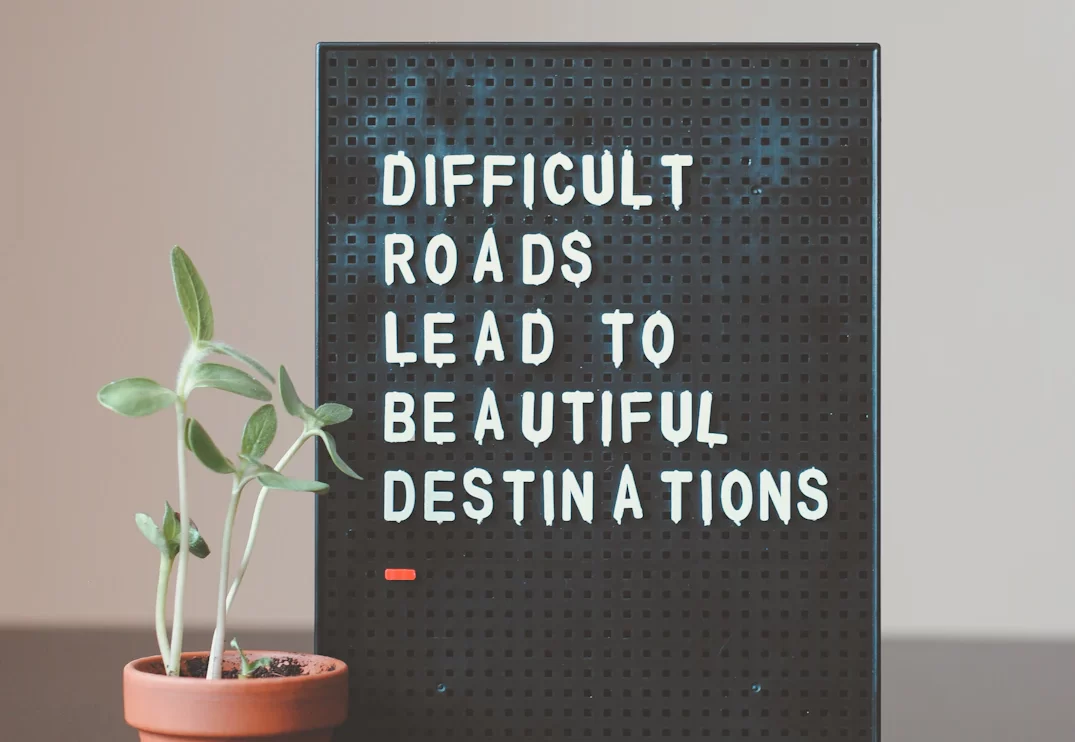
One response to “What is the Difference Between British Sign Language and Makaton”
[…] More information on The Difference between BSL and Makaton […]